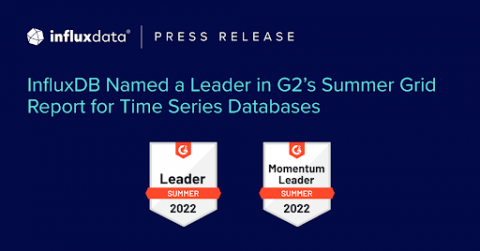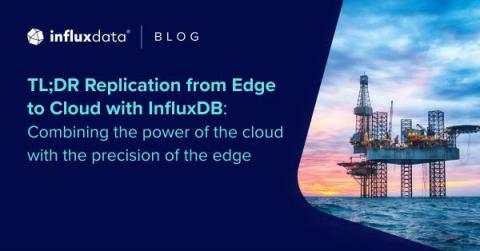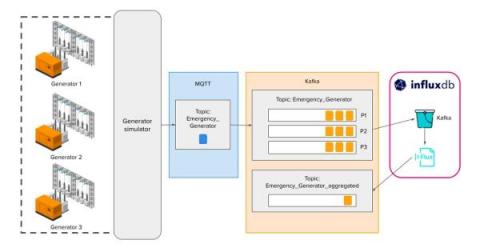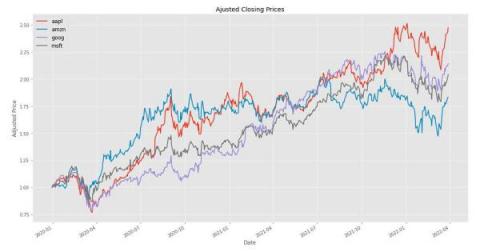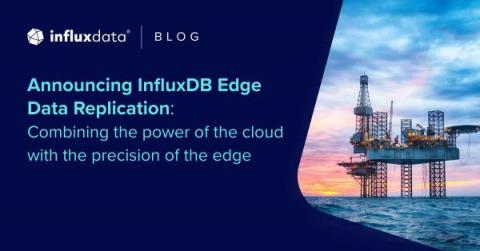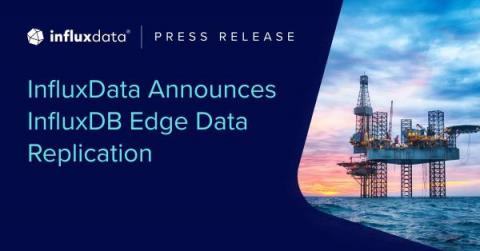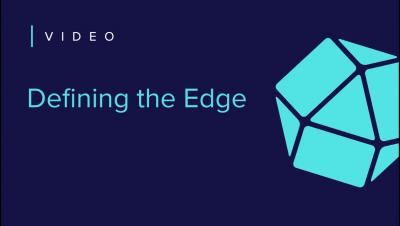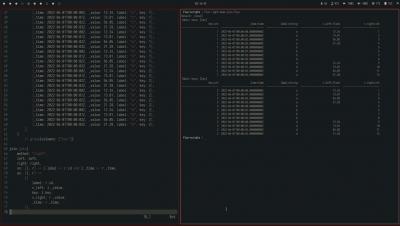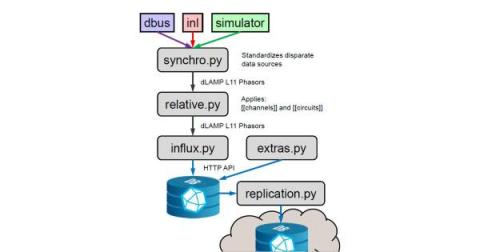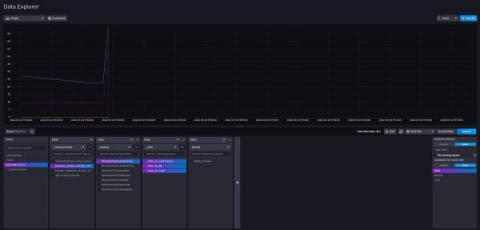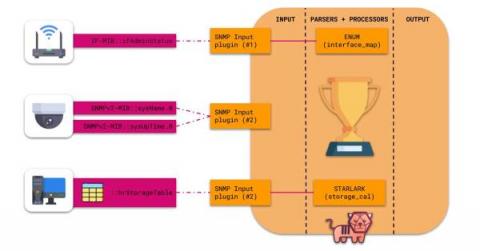Monthly Product Update - Edge Data Replication and Sample Apps for IoT & Node.js
We love to write and ship code to help developers bring their ideas and projects to life. That’s why we’re constantly working on improving our product in sync with developer needs to ensure their happiness and accelerate time to awesome. This is the second in a blog series covering our product’s latest features — features that we think will save you time and effort when building with time series and InfluxDB.



